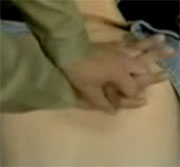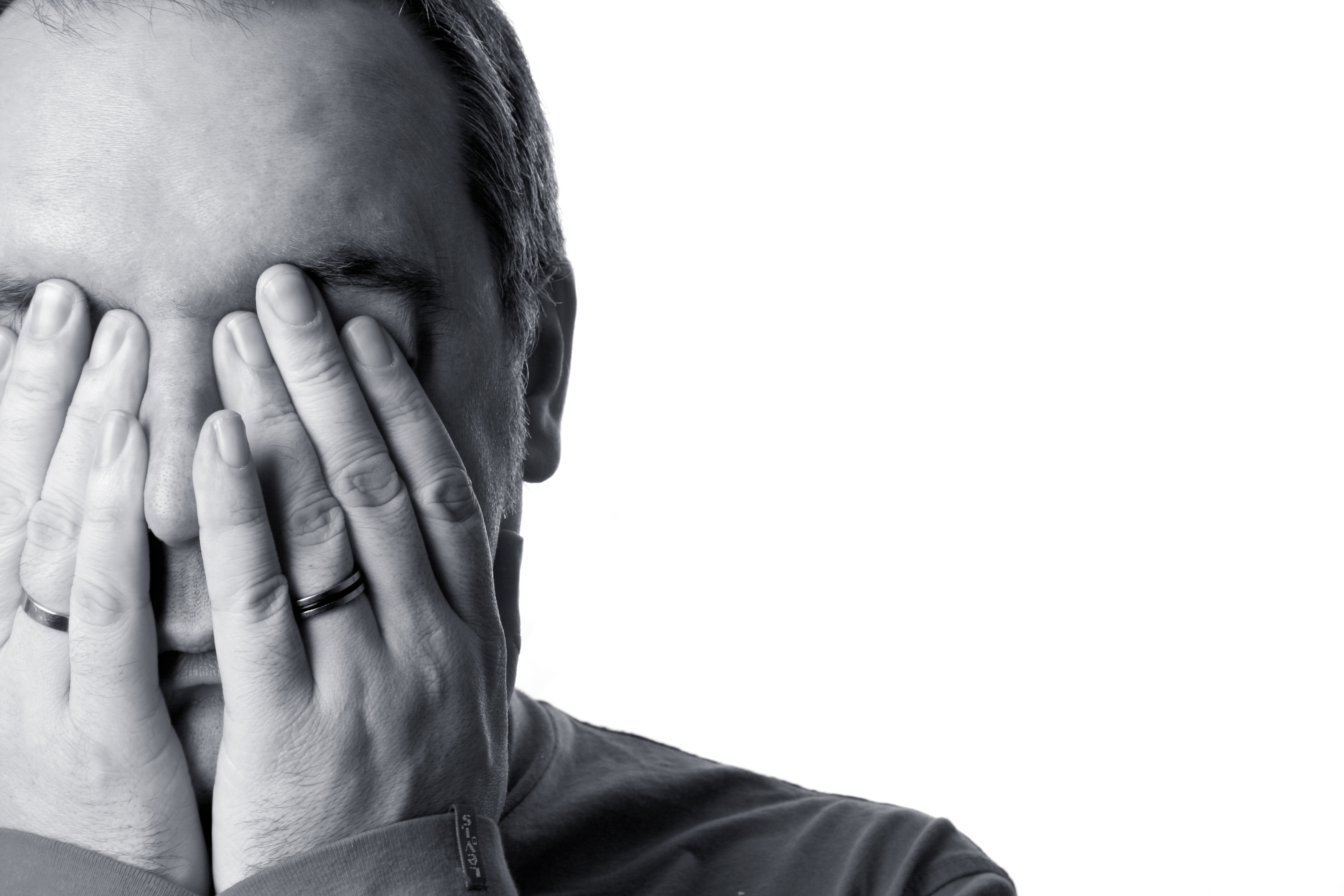
WEDNESDAY, Oct. 24 (HealthDay News) — People whose hearts stop abruptly are only half as likely to be given bystander-initiated CPR in poor black neighborhoods as they are in higher-income white areas, a new study indicates.
Analyzing the link between median income and neighborhood racial composition with the performance of bystander CPR, researchers also noted the odds for such CPR were also reduced for those suffering cardiac arrest in low-income white and integrated neighborhoods along with high-income black ones. The bystander CPR rate in high-income integrated enclaves, however, was comparable to that in high-income white ones.
“Location, location, location is crucial in real estate, and I would say the same for cardiac arrest,” said study co-author Dr. Comilla Sasson, an assistant professor in the department of emergency medicine at the University of Colorado School of Medicine. “Working as an emergency room doctor for more than 10 years now, I realized that time and again I’d see patients in black and lower-income neighborhoods not have anyone start CPR. It’s completely dependent on where you have a heart episode.”
The study is published Oct. 25 in the New England Journal of Medicine.
More than 300,000 out-of-hospital cardiac arrests occur each year in the United States, according to the study, with survival outcomes varying markedly by region but typically below 10 percent. Some of this variation can be explained by different rates of bystander-initiated CPR, which is administered, on average, during fewer than one-third of all cardiac arrests.
Researchers looked at surveillance data submitted from 29 U.S. sites over four years to the Cardiac Arrest Registry to Enhance Survival (CARES). Of 14,225 recorded cardiac arrests, bystander CPR was provided to slightly more than 4,000 patients, 8 percent of whom survived to be discharged from the hospital.
Neighborhoods were defined as high- versus low-income based on a median income threshold of $40,000 and as white or black if more than 80 percent of the census tract was predominantly of one race. Neighborhoods without a predominant racial/ethnic composition were defined as integrated.
“There’s always been some concern that underserved, poor, racial and ethnic minority areas are places where you don’t want to have a cardiac arrest,” said Dr. Gordon Tomaselli, chief of the division of cardiology at Johns Hopkins University and immediate past president of the American Heart Association. “I think this is an important study in that it has brought forth, in one large data repository, something we thought was the case from multiple smaller studies.”
Sasson and Tomaselli agreed that financial and cultural factors can explain the bystander CPR disparities found in the study. Conventional CPR classes can cost hundreds of dollars, leaving them out of reach for lower-income folks, they said, and bystanders may worry for their own safety in certain neighborhoods, making them less likely to help others.
“People may not be sure if someone is lying down [on the street] because they’re homeless, drunk or pretending,” Sasson said. “It puts them at risk for doing a good deed.”
But newer CPR techniques, including a hands-only option that’s easy and inexpensive to teach, may help more residents of lower-income areas to learn CPR, Tomaselli and Sasson said.
“You push fast and push hard to the tune of ‘Staying Alive,'” Sasson said, explaining the basis for the hands-only technique. “I think the idea of breathing in someone else’s mouth was also [a deterrent] for folks.”
More information
The American Heart Association has information on its online and in-person CPR courses.

